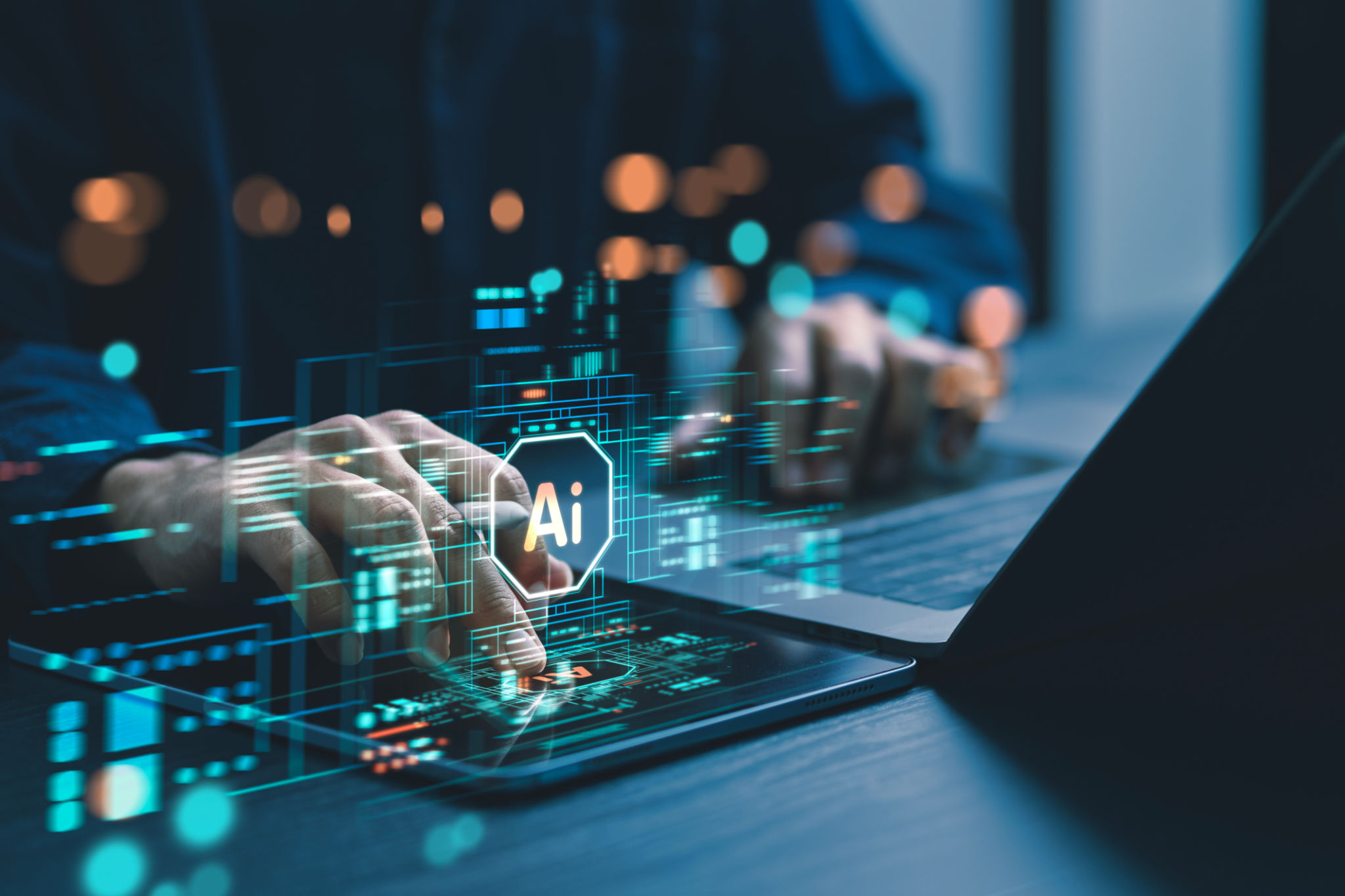Expert Tips for Getting the Most Out of Your AI Training
Understanding the Basics of AI Training
Artificial Intelligence (AI) technology is rapidly transforming industries, making the need for effective AI training more crucial than ever. Whether you're a beginner or an advanced user, understanding the fundamentals of AI training is essential to maximize its potential. AI training involves teaching machines how to perform tasks by learning from data and refining algorithms. The process can be complex, but breaking it down into manageable steps can make it more approachable.
Before diving into AI training, it's important to define clear objectives. Determine what you want to achieve with AI and identify the problems it can solve within your business. This will guide your training efforts and ensure that the results are aligned with your goals.

Selecting the Right Tools
Choosing suitable tools and frameworks is critical in AI training. With a plethora of options available, it's easy to feel overwhelmed. However, selecting the right tools depends on your specific needs and technical expertise. Popular AI frameworks like TensorFlow, PyTorch, and Keras offer extensive resources and community support, making them excellent choices for both beginners and experienced developers.
Additionally, consider opting for cloud-based platforms such as Google Cloud AI Platform, AWS Machine Learning, or Microsoft Azure Machine Learning. These platforms provide scalable resources and pre-built models that can significantly reduce the time and cost associated with training AI systems.
Data Collection and Preparation
Data is the backbone of AI training. High-quality, relevant data is essential for creating effective AI models. Start by gathering diverse datasets that accurately represent the challenges your AI system will face. The more comprehensive your data, the better your model's performance will be.

Once collected, data must be cleaned and prepared for training. This involves removing duplicates, handling missing values, and normalizing data formats. By ensuring that your data is clean and well-organized, you set a solid foundation for successful AI training.
Experimentation and Iteration
AI training is an iterative process that requires constant experimentation. Don't be afraid to test different algorithms and techniques to see what works best for your specific application. Experimenting allows you to fine-tune your models and improve their accuracy over time.
Utilize techniques such as cross-validation and hyperparameter tuning to optimize your models. These methods help you identify the best settings for your algorithms and ensure that your models perform well on new, unseen data.

Monitoring and Evaluation
After deploying an AI model, continuous monitoring is essential to maintain its effectiveness. Regularly evaluate your model's performance against set benchmarks and adjust as needed to accommodate changes in data or business requirements. Use metrics like precision, recall, and F1-score to assess the model's accuracy and reliability.
Monitoring also involves addressing any biases or ethical concerns that may arise during the AI's operation. Ensuring fairness and transparency in AI systems is vital to building trust with users and stakeholders.
Investing in Continuous Learning
The field of AI is constantly evolving, with new advancements emerging regularly. To stay ahead, invest in continuous learning for yourself and your team. Participate in workshops, webinars, and online courses to keep up-to-date with the latest trends and technologies in AI training.

By fostering a culture of learning and innovation, you empower your team to leverage AI effectively, driving growth and success in your organization.